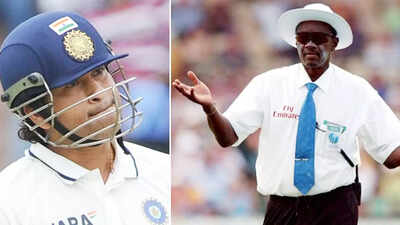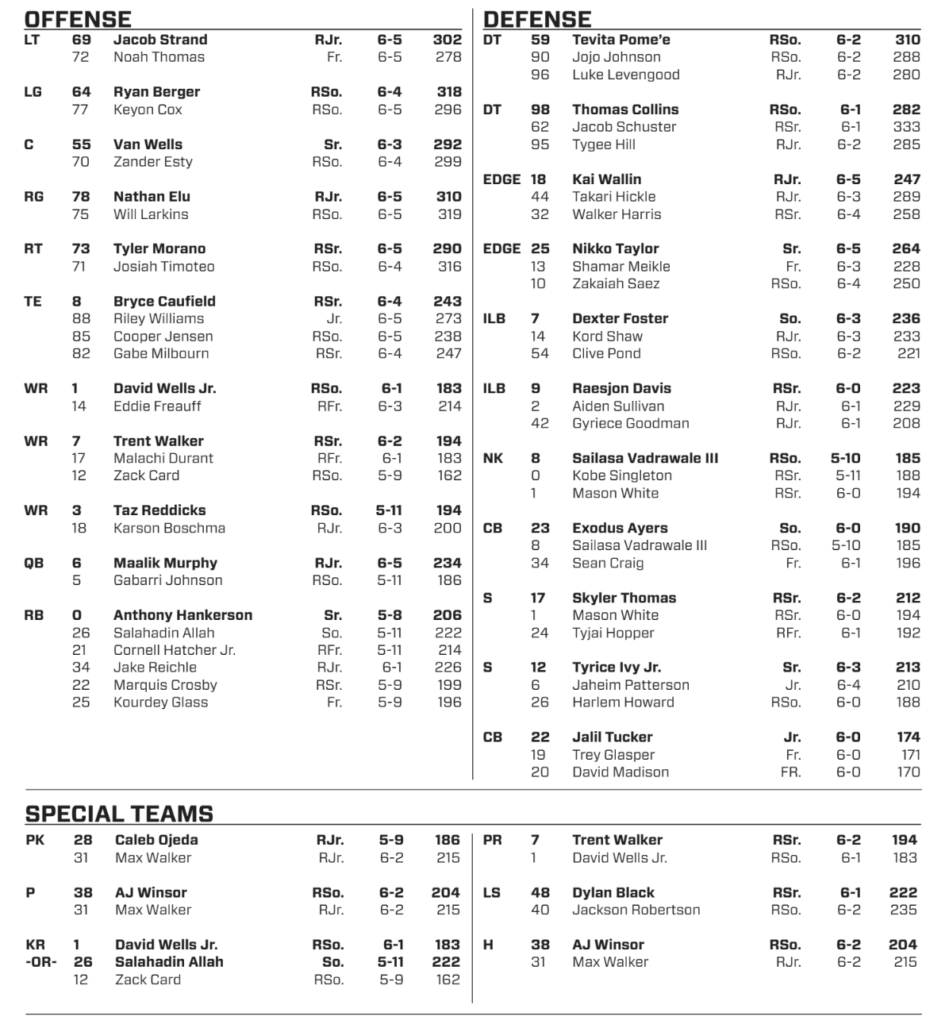History hangs heavy over this weekend’s massive Army-Notre Dame showdown. Once upon a time, this was the most famous rivalry in the land, a war that bewitched the entire country. Americans waited anxiously for newspapers, gathered around radios, stared into the glow of massive early television sets to learn which of these titans would claim the year’s finest, most important game.
Army-Notre Dame inspired both the greatest lede in the history of sports journalism — Grantland Rice’s “Outlined against a blue-gray October sky, the Four Horsemen rode again” — and the greatest pregame speech in sports history, Knute Rockne’s “Win one for the Gipper” plea. It’s the wellspring of sports as myth, of coaches as stern but loving father figures and players as doomed or exalted heroes.
So it’s somehow perfect, narratively speaking, that this rivalry, which has fallen so far from its 20th-century heights, could once again alter the trajectory of an entire sport. The business of college football today would be unrecognizable to Rockne, Red Blaik, Ara Parseghian and other legends of the Notre Dame-Army rivalry, but the primary focus — size up that man on the other side of the line, beat him and let the cards fall where they may — would be warmly familiar.
Army and Notre Dame claimed 16 national championships in the 20th century, including seven in the 1940s alone (technically six, since they share 1946). They’ve fallen far since then; Army’s last title season was in 1946, and Notre Dame’s was in 1988. The Irish have fought their way back to prominence since then, using limitless resources, a de facto personal broadcast network and a nationwide recruiting footprint.
The far more interesting transformation is happening in West Point, where Army is in the midst of making history on multiple fronts. The 9-0 Black Knights are one win away from just the fourth double-digit win in the entire 131-year history of the program. You have to go all the way back to 1958 to find Army’s last undefeated season. Aside from one seven-year stint in Conference USA around the turn of the millennium, Army has been a proud Independent until this year, when it stomped into the AAC and took control of the joint.
The miracle here is how Army has put itself into this position despite not being able to take advantage of college football’s two earth-shattering weapons: NIL and the transfer portal. The Army doesn’t permit its players to take NIL money, and one doesn’t just parachute into West Point for a single mercenary season.
But it’s not hard to see how Army’s old-school ethos is a counterintuitive benefit. While other AAC schools were getting raided for their best talent, or trying to slap together a crew of one-off bounty hunters, Army is building a team. (Yes, this sounds like a commercial. That doesn’t make it any less true.)
Quarterback Bryson Daily, for instance, played exactly one game as a freshman and didn’t throw a pass. He played five as a sophomore, and scored two touchdowns on 12 rushing attempts. He took over the starting job as a junior, and now, as a senior, leads all FBS quarterbacks in rushing yards and ranks second in rushing touchdowns with 21. That’s the kind of wait-your-turn, be-ready-when-called mindset that the portal and NIL have already devastated across the country.
As Florida State has demonstrated to chilling effect, it’s not enough to bring in a bunch of starred recruits, toss them a ball and expect them to win games. Team cohesion helps, too, the kind of cohesion you get from living, eating, practicing and bleeding together for three or four seasons. NIL can paper over a lot of college football’s sins, but it can’t replace that.
Army beats its opponents by grinding them into dust, holding the ball for massive chunks of the game and using opportunistic turnovers and a conservative, ball-control offense to own the tempo. It’s a way to defeat a physically superior opponent; stay in the conversation long enough and you can take control of it … both in the game and in the season.
Granted, despite its unblemished record, Army’s strength of schedule is a real concern. The Black Knights rank 19th in the current CFP standings, behind a raft of one-, two- and three-loss teams. The SEC and Big Ten can squabble about who’s the better conference; no such debates exist with the AAC.
That’s what makes this weekend’s Notre Dame rematch so compelling, and so crucial. Army now has the chance to upend the entire playoff structure. All it has to do is overcome a projected 14.5-point spread and break a 15-game losing streak that dates back to 1958. But if Army can manage that, everything opens up — a new Group of Five team works its way into the playoff conversation, and the Irish are either out of the mix entirely or trying to justify their way in over a fellow two-loss SEC squad. And once the playoff begins, who knows what could happen next? We’re in uncharted territory here.
Sure, Army-Notre Dame might not ever return to its glory days when it determined the fate of the college football universe. But it’s back to being a crucial, must-watch matchup, and that’s one of so many elements of this season that’s worth celebrating.






